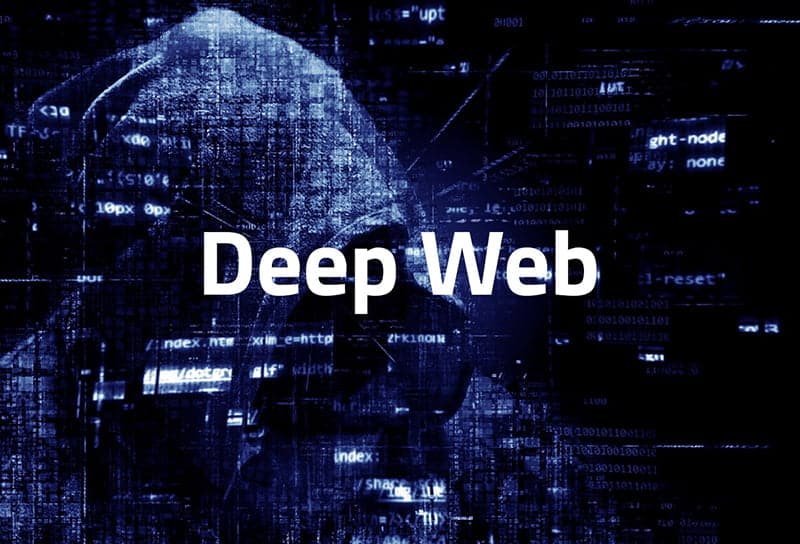In discussions about internet privacy, hacking, and anonymity, the terms Deep Web and Dark Web often get used interchangeably—but they’re not the same thing. While both refer to parts of the internet not indexed by traditional search engines like Google or Bing, they serve different purposes, offer varying levels of accessibility, and carry vastly different reputations.
Understanding the distinction between the Deep Web and the Dark Web is essential—not only for cybersecurity professionals and journalists but also for everyday internet users who want to better navigate the online world safely and responsibly.
What Is the Deep Web?
The Deep Web URL refers to any part of the internet that isn’t indexed by standard search engines. That includes all content hidden behind paywalls, password-protected logins, private databases, and unlinked web pages. In fact, most of what we do online occurs on the Deep Web—without even realizing it.
Examples of Deep Web Content:
- Online banking portals
- Email inboxes (e.g., Gmail, Outlook)
- Medical records (hospital systems)
- Subscription services (Netflix, academic journals)
- Corporate intranets
- Cloud storage (Google Drive, Dropbox)
In short, the Deep Web is not inherently mysterious or illegal—it’s a functional part of the internet designed to keep personal, confidential, or proprietary data secure.
Key Features:
- Requires login credentials or special access
- Completely legal
- Used by nearly everyone daily
- Primarily serves security and privacy purposes
What Is the Dark Web?
The Dark Web, by contrast, is a small portion of the Deep Web that has been intentionally hidden and is accessible only through specialized anonymity-preserving tools—most notably, the Tor browser. Sites on the Dark Web use “.onion” domains and are hosted on overlay networks that hide users’ locations and identities.
The Dark Web is infamous for hosting illegal activities, black markets, and hacker forums, but it’s not entirely criminal. It also provides vital anonymity for whistleblowers, political activists, journalists, and others seeking privacy in countries with heavy surveillance or censorship.
Examples of Dark Web Content:
- Darknet marketplaces (e.g., former Silk Road)
- Hacking forums
- Whistleblower platforms (like SecureDrop)
- Anonymous email and chat services
- Censorship-resistant news outlets
Key Features:
- Requires special software (e.g., Tor)
- High anonymity for users
- Legal and illegal content coexist
- Often used for controversial or sensitive communications
Common Myths and Misconceptions
1. Myth: The Deep Web Is Dangerous
Truth: The Deep Web is where most everyday internet activity happens. It’s no more dangerous than your online bank account or email inbox—provided you follow standard security practices.
2. Myth: The Dark Web Is Only for Criminals
Truth: While criminal activity does exist, the Dark Web also plays a crucial role in protecting free speech, especially in authoritarian countries. It offers platforms for whistleblowers, journalists, and human rights advocates.
3. Myth: Google Can Find Everything
Truth: Search engines index less than 5% of the internet. The rest resides in the Deep Web and Dark Web, unseen by traditional means.
Is It Legal to Access the Deep Web or Dark Web?
- Accessing the Deep Web: Completely legal. Every time you check your bank balance, log into your email, or access a private corporate portal, you’re on the Deep Web.
- Accessing the Dark Web: Visiting the Dark Web using tools like the Tor browser is legal in most countries, including the U.S., U.K., and many European nations. However, what you do on the Dark Web can be illegal. For example, buying drugs, hiring hackers, or distributing illicit content is against the law.
Staying Safe While Exploring
If you plan to explore the darker or deeper corners of the internet for research, journalism, or privacy advocacy, follow these basic safety tips:
1. Use Tor Safely
Only download the Tor browser from the official Tor Project website. Avoid using it in combination with your real identity or personal accounts.
2. Use a VPN
A Virtual Private Network (VPN) adds an extra layer of privacy by masking your IP address—even before Tor does.
3. Don’t Click Recklessly
Avoid clicking unknown or suspicious links. Many sites on the Dark Web are scams, traps, or malware-laden.
4. Avoid Downloads
Don’t download files from untrusted sources, especially from the Dark Web. Malware is a common threat.
5. Stay Within the Law
Curiosity is not a crime, but illegal activity is. Know the laws in your country and always proceed ethically.
Final Thoughts
The Deep Web and Dark Web are not the same—and understanding the difference matters. The Deep Web is where your digital life resides securely behind passwords and paywalls. The Dark Web, on the other hand, is a more mysterious realm where anonymity is king, freedom of speech thrives, but so does criminal behavior.
While the Deep Web is part of everyday life, the Dark Web requires caution, knowledge, and responsibility. Whether you’re a digital explorer, a privacy advocate, or just curious, knowing how to safely navigate these hidden layers of the internet is key to staying informed—and protected.
